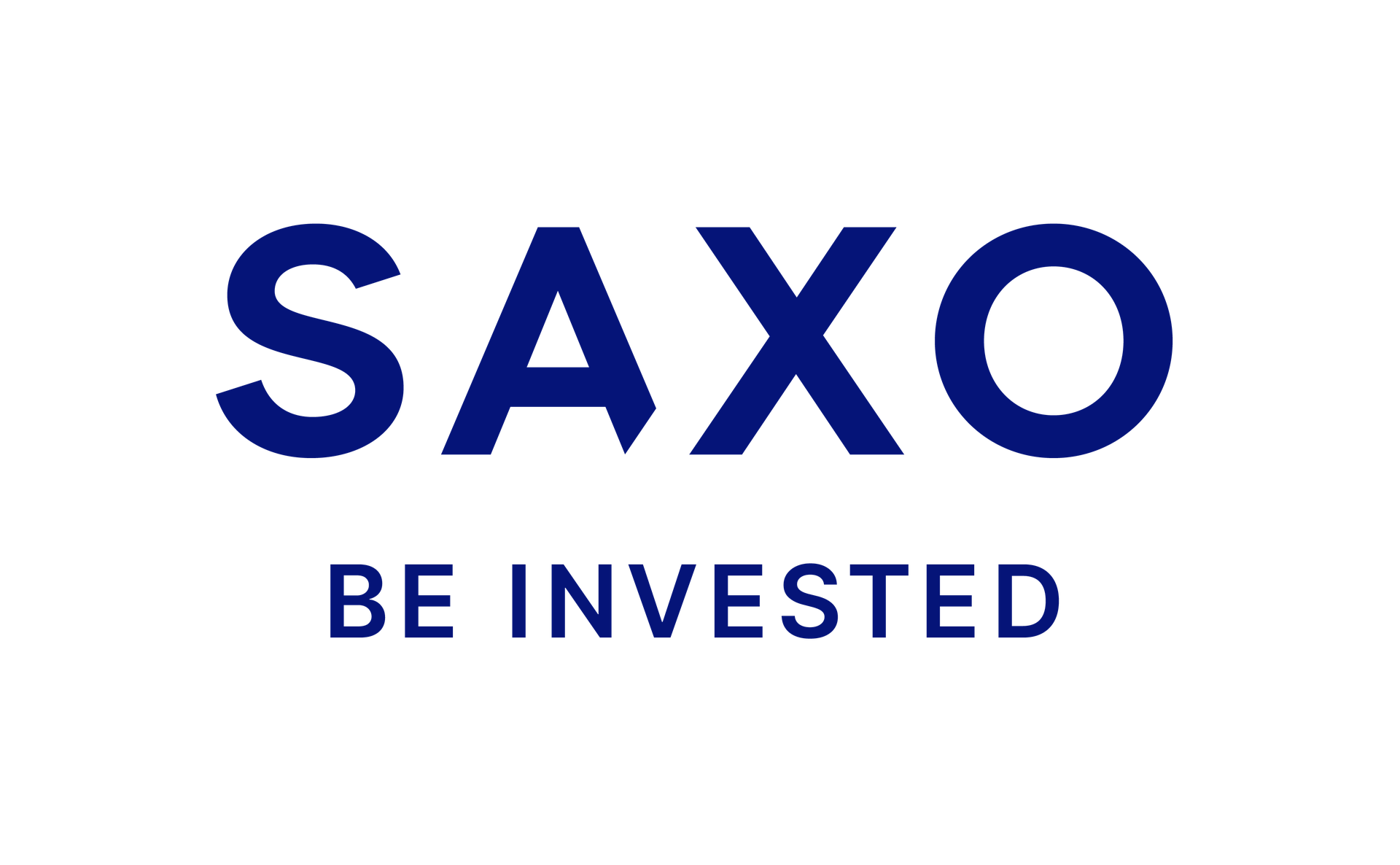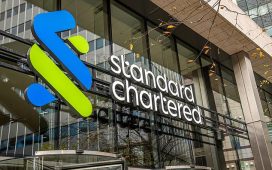Last month, the Bank of England provided some much-needed relief for borrowers by trimming the base rate for the first time since March 2020, reducing it to 5 per cent from a 16-year high of 5.25 per cent.
With the latest inflation numbers coming in lower than expected, the odds are shortening on a second cut in September.
For private investors, this could spell a fresh boost for the stock market, as lower interest rates make bonds and savings accounts a little less attractive. But while a rising tide lifts all boats, some stocks are set to sail smoother than others.

Investors can build exposure to renewable infrastructure like solar farms via London-listed investment trusts
One sector that could particularly benefit from the changing interest rate environment is renewable infrastructure investment trusts.
Historically, these trusts have moved higher as interest rates have fallen.
According to research commissioned by Foresight Group, which manages the Foresight Solar Fund (FSFL), this trend has held true for at least the past decade.
‘This inverse relationship seems to hold for all listed renewables, but there is particularly strong correlation with the investment trusts,’ says Foresight Solar’s Ross Driver.
For those keeping an eye on the green revolution, this is promising news. In fact, it is one of several positives that could rekindle interest in the sector.
The Labour government, bolstered by a strong majority in Parliament, seems poised to support the renewable industry, and investors are breathing a sigh of relief at the prospect of political stability.
The government’s revised budget for this year’s Contracts for Difference (CfD) auction and proposed changes to the planning regime indicate that the winds are finally blowing in the right direction.
Adding to the optimism, power price forecasts have been trending upwards, offering the potential for higher revenues and improved cash flows for renewable energy projects.
After a tumultuous period following Russia’s invasion of Ukraine, European countries have redoubled their efforts to achieve energy independence, leading to a more favourable outlook for long-term planning in the renewable sector.
This renewed optimism is a welcome change after a challenging period of macroeconomic headwinds.
The high inflationary environment that followed the pandemic pushed central banks around the world, including the Bank of England, to raise interest rates.
The BoE, in particular, hiked its base rate 14 times since December 2021. This aggressive fiscal tightening, the most intense in four decades, took a toll on investor interest in renewable investment trusts, effectively closing equity markets to new issuance and stalling growth for these vehicles.
‘The transition to a lower carbon economy is one of the biggest investment opportunities of our generation. The window of opportunity is reopening,’ says Foresight’s Driver.
‘I don’t think it’ll be all plain sailing from here, there’ll likely be a few bumps along the road, but the general direction of travel is now more positive.’
Against this backdrop, renewable infrastructure investment trusts are looking attractive based on the current discounts at which their shares are trading relative to the net asset value (NAV) of the businesses.
This discount can be as steep as 40 per cent. As capital returns to equity markets, you would expect this gap to narrow, with share prices benefiting from an uplift – though, as Driver points out, this is unlikely to be a straight line of progress.
For those seeking both income and growth, the Foresight Solar Fund is worth a closer look. At current prices, it offers a projected dividend yield of 8.5 per cent.
NextEnergy Solar Fund is another standout, with a hefty projected return of 10 per cent, making it one of the biggest payers in the FTSE 350.
Moreover, NextEnergy has recently been given the green light to launch a £20 million share buyback programme, further enhancing its appeal.
But the list doesn’t stop there. Bluefield Solar, UK Wind, The Renewables Infrastructure Group (TRIG), and John Laing Environmental Assets (JLEN) are also worth considering.
In screening for my ISA, all six of these trusts score well on key criteria: they are asset-backed, offer income, and have growth potential.
Of course, it’s important to remember that none of these investments come with a guarantee of success.
While the downside at current levels doesn’t appear particularly daunting, renewable investment trusts are not without risk.
However, with the combination of political support, improving market conditions, and attractive valuations, they may offer an interesting opportunity for those looking to invest in the green energy transition.
DIY INVESTING PLATFORMS

AJ Bell

AJ Bell
Easy investing and ready-made portfolios

Hargreaves Lansdown

Hargreaves Lansdown
Free fund dealing and investment ideas

interactive investor

interactive investor
Flat-fee investing from £4.99 per month

Saxo

Saxo
Get £200 back in trading fees

Trading 212

Trading 212
Free dealing and no account fee
Affiliate links: If you take out a product This is Money may earn a commission. These deals are chosen by our editorial team, as we think they are worth highlighting. This does not affect our editorial independence.
Some links in this article may be affiliate links. If you click on them we may earn a small commission. That helps us fund This Is Money, and keep it free to use. We do not write articles to promote products. We do not allow any commercial relationship to affect our editorial independence.











